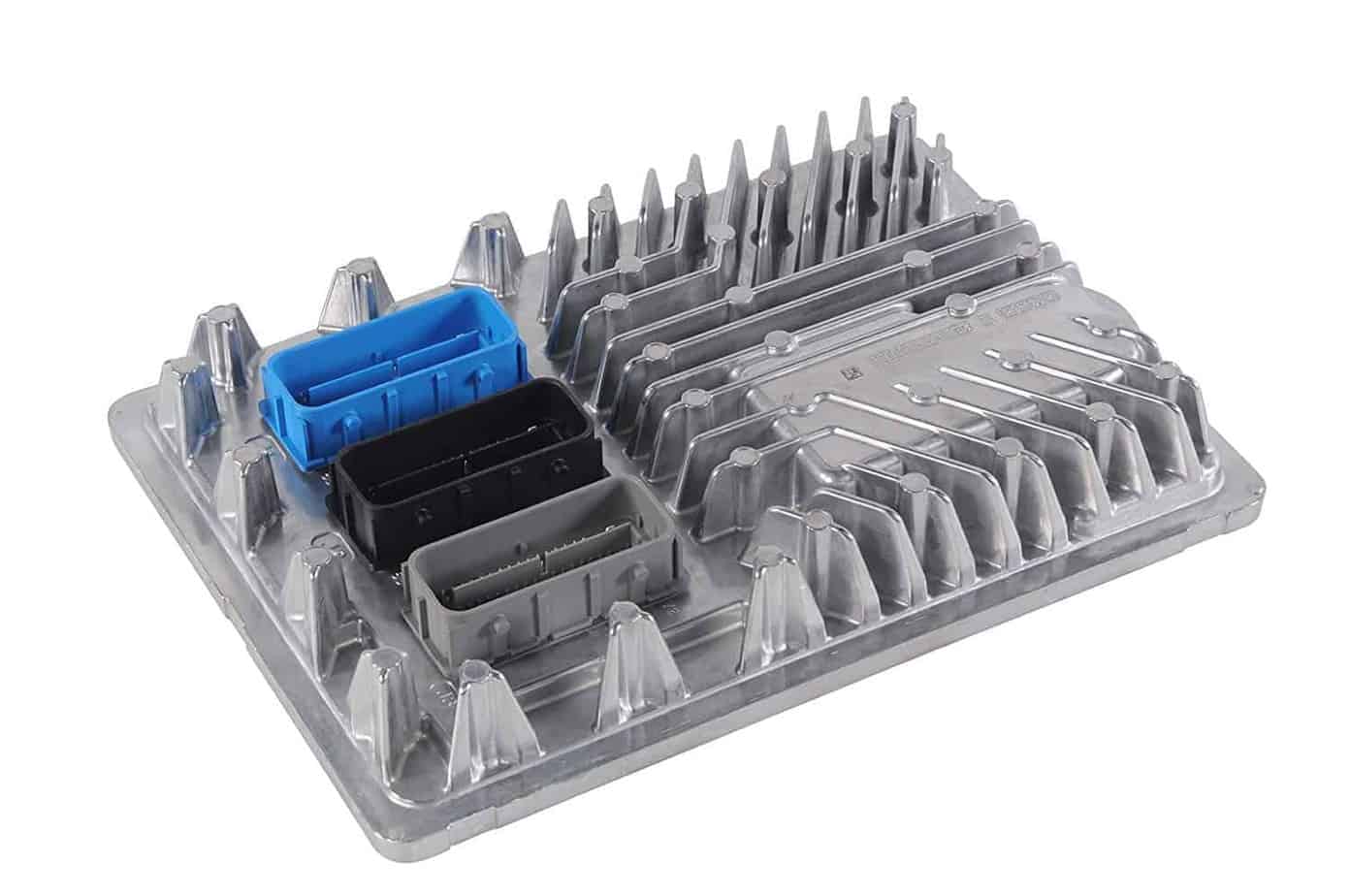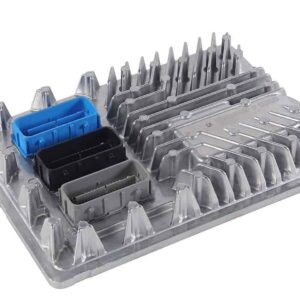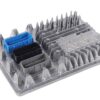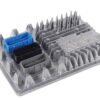Restore Peak Performance to Your GM Vehicle
Is your Cadillac Escalade, Chevy Tahoe, or GMC Sierra suddenly running rough, refusing to start, or flashing a persistent Check Engine Light? You’re likely dealing with a failing Engine Control Module (ECM), the electronic brain of your vehicle. When it falters, everything from fuel delivery to spark timing can go haywire, leaving you stranded and frustrated. I’ve seen it hundreds of times in the shop: a perfectly good engine crippled by a faulty computer. This isn’t just an inconvenience; it’s a critical failure that compromises your vehicle’s reliability and performance.
This direct-replacement Engine Control Module, part number 12692068, is the definitive solution. We take the guesswork and hassle out of the repair by programming the module to your vehicle’s specific Vehicle Identification Number (VIN) before it ships. This means it arrives loaded with the latest GM factory calibrations for your exact model, ensuring seamless communication with your vehicle’s other systems. You get a reliable part that’s ready for the final installation steps, saving you a costly trip to the dealership for programming.
A Technician’s Notebook: The Intermittent No-Start
A 2017 Yukon Denali came into my bay with a complaint that baffled the owner: it would randomly fail to start. No crank, no click, nothing. Then, an hour later, it would fire up like nothing was wrong. We checked the battery, starter, and ignition switch—all perfect. The scan tool showed intermittent U0100 (Lost Communication with ECM) codes. After tracing the wiring and checking power/grounds to the ECM, we found no issues. The culprit? The ECM itself was failing internally due to heat soak. On hot days, an internal solder joint would expand and break connection. Once it cooled, it would work again. Replacing it with a pre-programmed module like this one provided an immediate, permanent fix.
Common Signs of a Failing Engine Computer
A bad ECM can manifest in numerous ways. If you’re experiencing any of the following, it’s a strong indicator that your engine computer needs replacement. This is especially true if you see diagnostic trouble codes (DTCs) like P0601, P0606, or U0100.
- ✔ Engine misfires, stumbling, or stalling
- ✔ Complete no-start or intermittent starting condition
- ✔ Poor fuel economy and loss of power
- ✔ Check Engine Light is illuminated with internal processor fault codes
- ✔ Erratic transmission shifting or failure to shift
- ✔ Communication errors with other vehicle modules
Your Guide to Installing the 2017 Escalade Engine Module
Installing your new ECM is a straightforward process, but following the correct procedure is critical for success. Please note the important final steps required after the physical installation.
- Safety First: Disconnect the negative terminal from your vehicle’s battery to prevent any electrical shorts.
- Locate the ECM: On most of these trucks and SUVs, the ECM is located in the engine compartment on the driver’s side, near the firewall or inner fender.
- Disconnect Connectors: Carefully unlatch and remove all electrical connectors from the old module. Inspect them for any corrosion or damage.
- Remove Old Module: Unbolt the old ECM from its mounting bracket and remove it from the vehicle.
- Install New Module: Mount your new, pre-programmed ECM in the same location and securely fasten the bolts.
- Reconnect Everything: Plug all electrical connectors firmly into the new module and reconnect the negative battery terminal.
- CRITICAL – Perform Relearns: This is the most important step. The vehicle will likely not start until a Vehicle Theft Deterrent (VTD) relearn is performed using a compatible professional scan tool or GM’s TIS2Web/Techline Connect software. Other procedures, such as a crankshaft position variation relearn, may also be necessary to ensure optimal performance and clear any remaining trouble codes. This is the responsibility of the installer.
Verified Vehicle Compatibility List
This module is a guaranteed fit for a wide range of GM vehicles. Please verify your model and specific options below. It is a direct replacement for part numbers 12692068, 12704476, 12686382, 12674052, 12674472, and 12678815.
- Cadillac Escalade / ESV: 2017
- Cadillac XTS: 2017 (3.6L Twin Turbo, VIN 8, LF3)
- Cadillac CTS: 2017 (6.2L Supercharged or 3.6L Twin Turbo)
- Cadillac ATS: 2017 (3.6L, VIN Y, LF4)
- Chevrolet Corvette: 2017
- Chevrolet Tahoe / Suburban 1500: 2017
- Chevrolet Silverado 1500: 2016 (ID 12674472), 2017, 2018 (ID 12686382)
- GMC Yukon / Yukon XL 1500: 2017
- GMC Sierra 1500 / Denali 1500: 2016 (ID 12674472), 2017, 2018 (ID 12686382)
Frequently Asked Questions
How does the VIN programming work?
After you complete your purchase, simply provide us with your 17-digit VIN. Our technicians will use official GM software to load the latest, most stable calibration file specifically for your vehicle’s configuration onto the module before we ship it to you.
Will my vehicle start immediately after installation?
In most cases, no. Due to the factory anti-theft system, you or your mechanic will need to perform a Vehicle Theft Deterrent (VTD) relearn procedure. This syncs the new ECM with your vehicle’s security system and keys. This requires a professional-grade scan tool or GM’s software.
What other relearn procedures might be needed?
Depending on your vehicle, other relearns like the Crankshaft Position Variation, fuel injector flow rate programming, or idle learn may be required to achieve optimal performance and prevent check engine lights. These are standard procedures after an ECM replacement.
Is this a new or used part?
This is a high-quality, tested, and verified used component that has been inspected for full functionality. We then program it with fresh, vehicle-specific software, making it ready for installation.
Do I need to send my old ECM back (core charge)?
No core charge is required for this part. You can keep or responsibly dispose of your old module.



